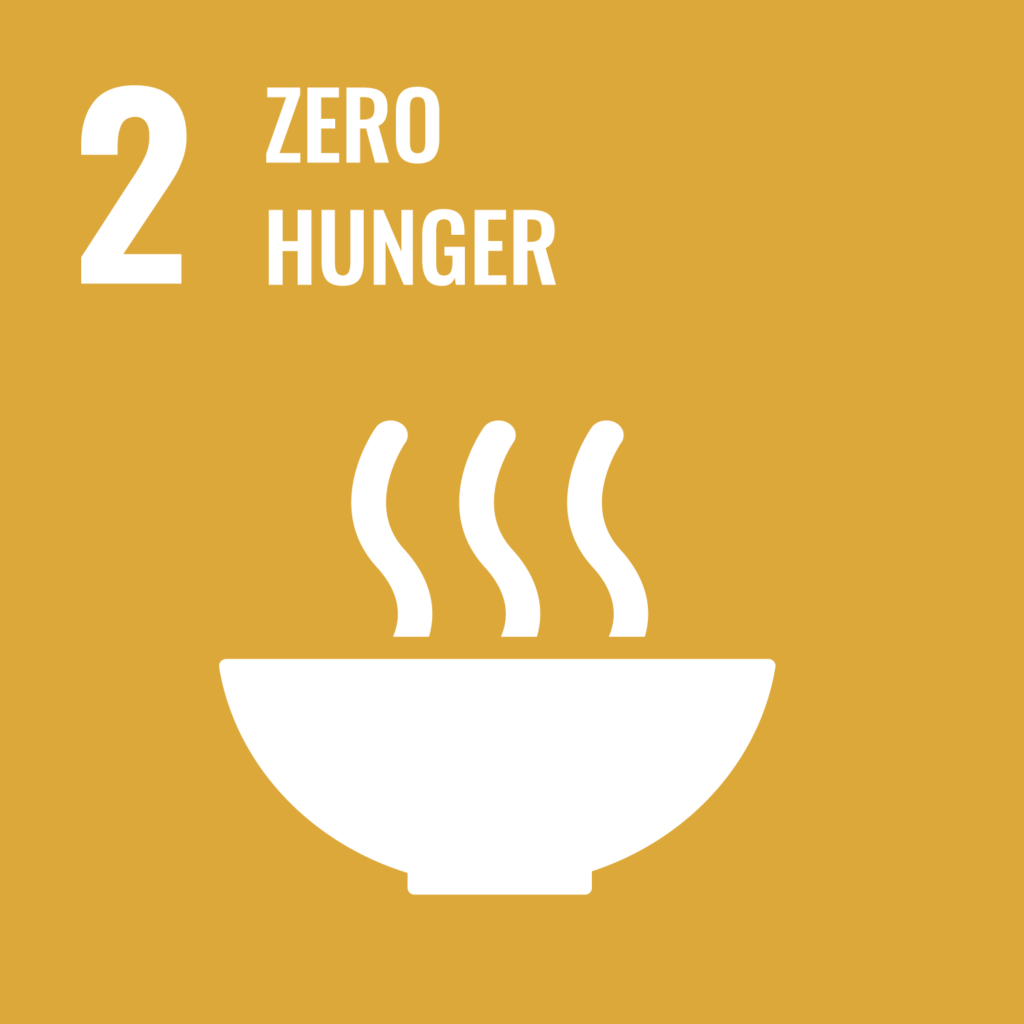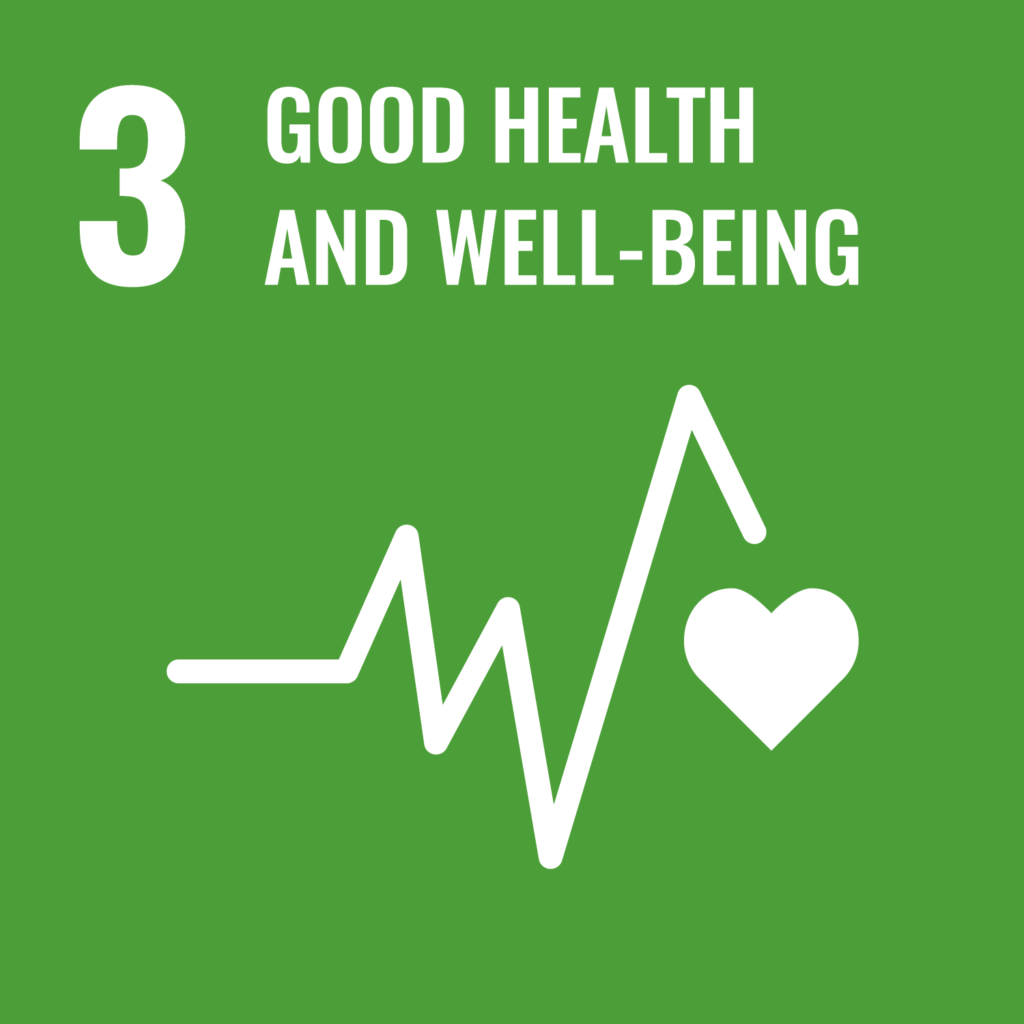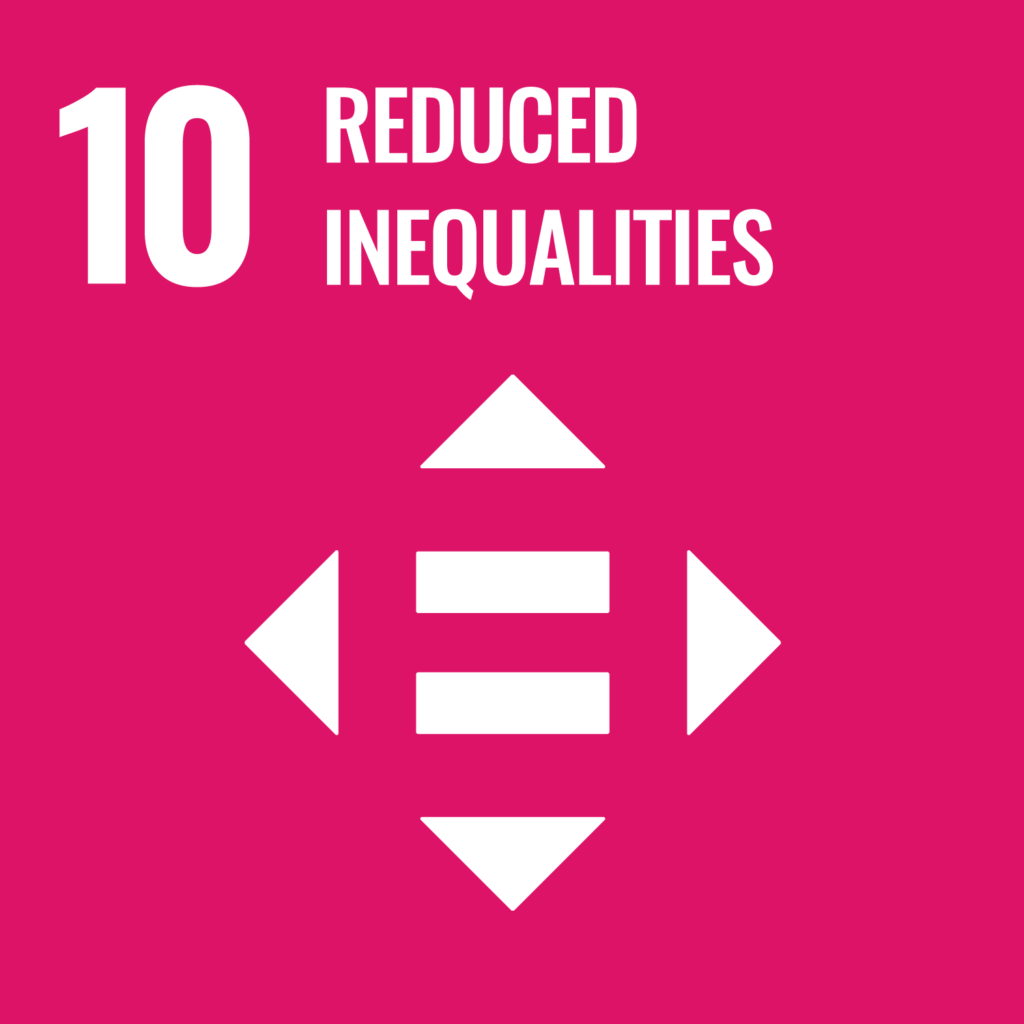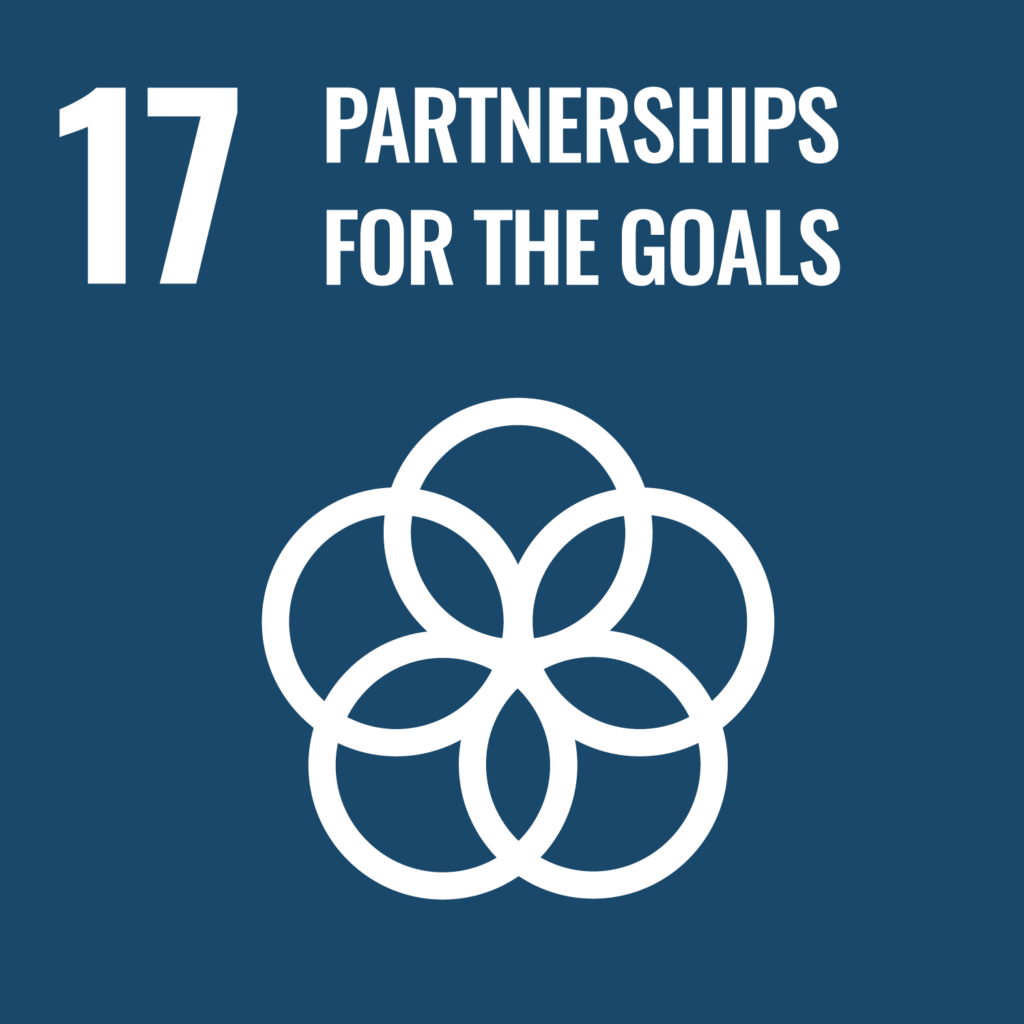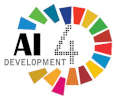BACKGROUND
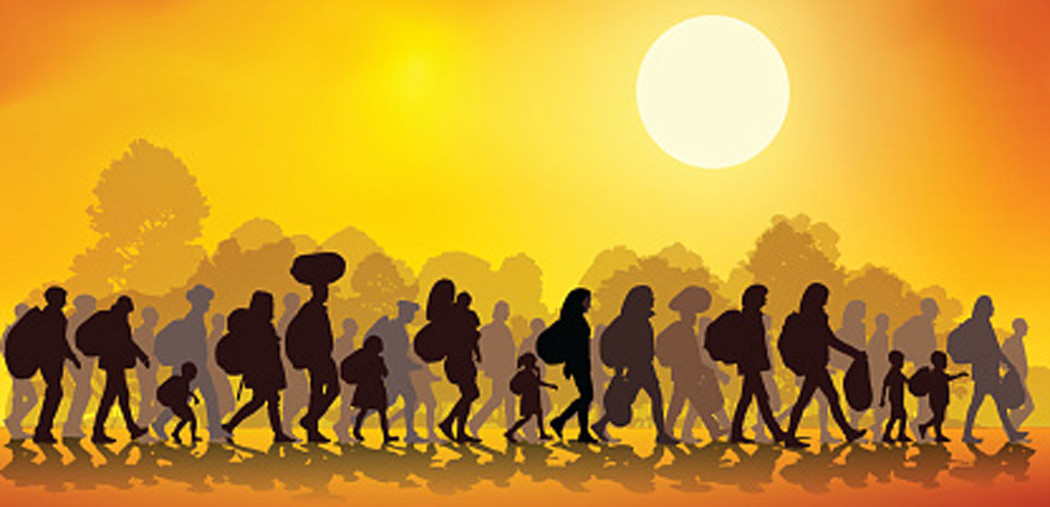
Global refugee problem refers to the large-scale displacement of people across the world due to a variety of crises. As of 2023, there are more than 117.3 million forcibly displaced people globally, the highest number in recorded history, driven by factors such as conflict, persecution, environmental disasters, and economic instability.
The global refugee crisis is complex, involving many interwoven social, political, economic, and environmental factors, with both immediate humanitarian needs and long-term integration challenges. Seeing the trends of conflicts and increased trends in disaster due to Climate-Change, we shall witness a huge migrations globally.
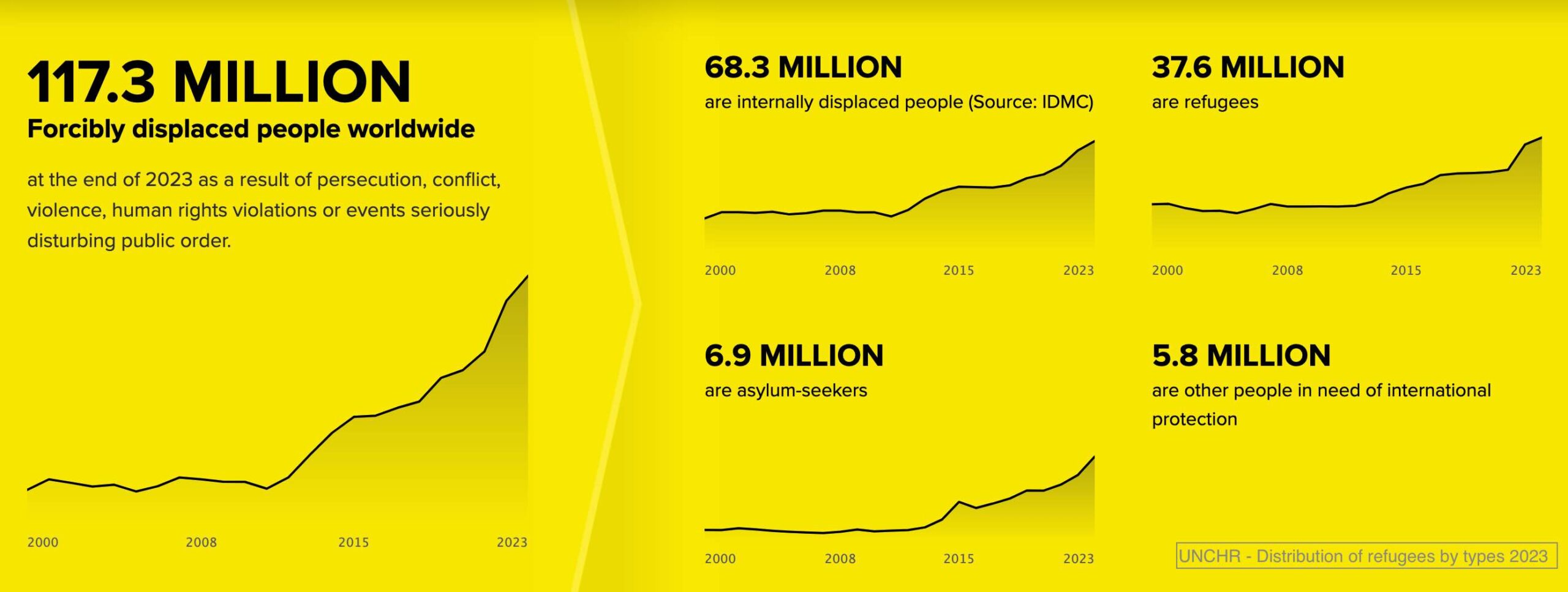
MODEL
Types of refugees & displacement scenarios that the solutions is modelled are:
CONFLICT & WAR REFUGEES:
Causes: Armed conflicts, civil wars, terrorism, and political violence.
Impact: Refugees flee to neighbouring countries or other regions to escape violence, often living in camps or urban centers
PERSECUTION BASED REFUGEES::
Causes: Religious, ethnic, or political persecution by governments or militant groups.
Impact: These individuals seek asylum in countries where they can live free from discrimination or harm.
INTERNALLY DISPLACED PERSONS (IDPs):
Causes: The same factors that drive refugees but within national borders.
Impact: Unlike refugees, IDPs remain in their country and often receive less international aid or protection.
CLIMATE AND ENVIRONMENT REFUGEES:
Causes: Natural disasters (floods, hurricanes), droughts, desertification, rising sea levels due to climate change.
Impact: People are forced to leave their homes permanently or temporarily. Climate Change impacts their agriculture & livelihood.
KEY CHALLENGES:
>> Massive Humanitarian Needs: Food, shelter, healthcare, and education are urgently required.
>> Host Country Strain: Neighbouring countries, especially in the developing world, bear the brunt of refugee influxes.
>> Legal and Policy Issues: Refugee status and asylum laws differ globally, making it difficult for people to secure rights and protection.
>> Integration: Integrating refugees into host societies remains a major challenge, with issues like xenophobia and job scarcity hindering the process.
>> Durable Solutions: Long-term solutions like resettlement, repatriation, or local integration are often unavailable or difficult to achieve.
SOLUTION
RefugAI is developed to identify early indicators of conflict or internal conditions that could lead to the displacement of people, helping authorities and organizations better prepare for crises and manage the movement of displaced populations.
Here’s a breakdown of RefugAI solution:
- A. Data Collection & Analysis:
- Conflict Monitoring: RefugAI collects data from various sources, such as government reports, social media, news outlets, and satellite imagery, to monitor the outbreak or escalation of conflicts. It would track events like armed clashes, protests, political unrest, or human rights violations.
- Environmental Factors: Natural disasters (earthquakes, floods, droughts) or long-term environmental changes (climate change, desertification) are key causes of displacement. RefugAI tracks weather patterns, water levels, or agricultural outputs to predict when environmental stress might cause people to leave their homes.
- Social and Economic Indicators: Monitoring economic conditions like unemployment, food shortages, inflation, and scarcity of essential resources can help predict when internal tensions may lead to forced migration.
- Predictive Models: Machine learning models could be employed to identify patterns in the data, predicting when and where displacement is likely to occur. These models would analyze past conflicts and displacements, learning from them to forecast future crises.
- B. Early Warning System:
- >> An early warning system could issue alerts when displacement risks increase in a particular region. For example, if political violence is detected, the platform could notify local authorities, humanitarian organizations, and governments, giving them time to mobilize resources.
- >> RefugAI might also integrate with global humanitarian networks, providing insights and data to UN agencies, NGOs, and governments, ensuring they are prepared for the influx of displaced populations.
C. Preparedness and Resource Allocation:
- Pre-emptive Humanitarian Planning: By identifying areas at risk, organizations can better plan for displacement events. They could stockpile food, water, medicine, and shelter in strategic locations before a crisis occurs.
- Camp and Shelter Management: If Refugai predicts large-scale displacement, it could assist governments and NGOs in setting up camps or shelters by providing geospatial data, helping to identify safe and accessible locations.
- Displacement Route Tracking: The platform could use geospatial data and population movement tracking tools to map the migration routes of displaced persons, aiding in logistics and the distribution of aid.
- Coordination of Humanitarian Response:
- Refugai could facilitate coordination between multiple stakeholders, such as local governments, international humanitarian organizations, and civil society, by providing real-time data on emerging crises.
- The platform might provide a communication hub where all parties can share updates, coordinate actions, and allocate resources effectively, ensuring there’s no overlap or gaps in the response efforts.
- D. Post-Displacement Support:
- Once people are displaced, Refugai could support their resettlement and rehabilitation by linking them with resources like job opportunities, legal assistance, and social services.
- Conflict Resolution and Return: The platform might help in identifying when conditions are safe for refugees or internally displaced persons (IDPs) to return home, working with peace-building organizations to facilitate return processes.
E. Integration with Existing Platforms:
- Refugai could be part of a larger humanitarian technology ecosystem by integrating with other platforms that track migration, human rights, or environmental risks, creating a robust toolset for addressing forced displacement.
- Mobile Accessibility: To ensure accessibility for both displaced populations and local authorities in affected areas, the solution would likely be mobile-friendly, providing crucial information even in low-resource environments.
- Local Participation & Input:
- In many cases, local communities are the first to see the signs of brewing conflict or stress. Refugai could engage communities by allowing them to provide input directly through crowd-sourcing mechanisms. This would enhance the accuracy of predictions and ensure that local perspectives are taken into account.
- Ethical Data Use and Privacy:
- It would be critical for Refugai to prioritize data privacy and the ethical use of information, ensuring that sensitive information about populations at risk is protected and not misused by any third party.
Stage: DATA COLLECTION
ZMQ Teams with partners & community data collectors in various Refugee settings across different geographies is collecting Data of displaced populations, their root causes that can help in analysing and predicting future movements to better prepare and support the refugees. We are right now collecting data in refugee camps of South Sudanese refuges in North Uganda, Rohingia’s in settlements in India and Bangladesh. We are seeking partnerships with local organisation to support ‘REFUGAI‘ in other settlements in DR Congo in Africa, Syrian refugees in Turkey in West Asia and other new conflict settings.
SDGs IMPACTED
